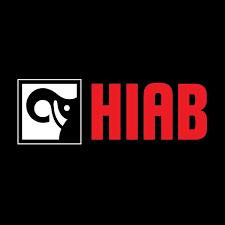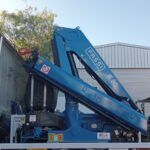Introduction:
Cranes have become an integral part of various industries, revolutionizing heavy lifting and enhancing productivity. Among the wide range of crane manufacturers, one name stands out: Hiab. But have you ever wondered why people commonly refer to cranes as “Hiab”? In this blog, we’ll delve into the intriguing origins of this term and explore why it has become synonymous with cranes.
The Birth of Hiab:
Hiab is not just a generic term for any crane; it’s actually the name of a well-established and renowned crane manufacturing company. Hiab was founded in 1944 in Hudiksvall, Sweden, by Eric Sundin, who had a vision of creating innovative lifting solutions. The company quickly gained recognition for its high-quality products and pioneering designs.
Early Success:
Over time, the Hiab brand became synonymous with truck-mounted cranes, and people started using “Hiab” as a generic term to refer to any crane installed on a vehicle. This phenomenon, known as genericized trademark, occurs when a brand name becomes widely used to describe a whole category of products or services. Similar to how we refer to “Eski” as a cooler box or “Band-Aid” for adhesive bandages, “Hiab” became the go-to term for truck-mounted cranes.
Global Recognition and Expansion:
As Hiab’s reputation grew, the company expanded its operations worldwide, establishing a strong presence in various markets. With a wide range of models and lifting capacities, Hiab cranes became sought-after solutions for businesses seeking reliable and efficient lifting equipment.
Conclusion
The term “Hiab” has evolved from being the name of a prominent crane manufacturer to a widely used term representing truck-mounted cranes in general. Hiab’s pioneering spirit, commitment to quality, and ongoing innovation have propelled the company’s global recognition and the popularity of its cranes. So, the next time you hear someone refer to a crane as “Hiab,” you’ll know the intriguing story behind this widely used term.
Disclaimer: This blog is intended for informational purposes only and does not promote the misuse of trademarked terms.






